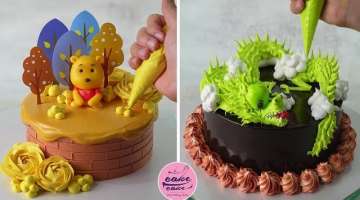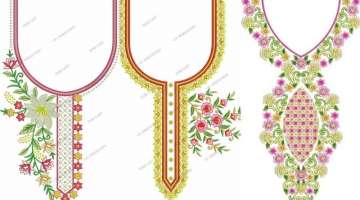This Bird Grows Strawberry-Like Plumage During The Breeding Season
The more you think you’ve seen all the beauties this world holds, the furthest to the truth you find out you are. Maybe unicorns are not true, but this bird you will see in the following pictures looks just as magical and mystical as them, but with one difference – it is true, it exists. Let's get to know strawberry finches together more closely.
- 1 | 6

With so many stunning bird species out there, they never cease to amaze with their wide range of colors, sizes, and other traits. Some of them have intricate and stunning plumage that can be compared to a fruit or a berry. This is especially true for a species of birds that are unsurprisingly called strawberry finches. These small, sparrow-sized birds of the family Estrildidae can be easily recognized for their scarlet body paired with tiny white dots.
- 2 | 6

The Red Munia or Strawberry Finch or Red Avadavat (Amandava amandava) is a sparrow-sized bird of the Munia or Silverbill family. They are popular cage birds due to the colorful plumage of the males in their breeding season. These birds are very small in size ranging from 3-4inches (9-10cm).
- 3 | 6

Their natural range stretches from the Indus valley of Pakistan to the plains of the Brahmaputra extending south to the peninsula of India. The species has four named populations. Amandava amandava amandava - The nominate subspecies is found in Bangladesh, India, Sri Lanka, Nepal and Pakistan;Amandava amandava flavidiventris - The Burmese form is also found in China, Indonesia, Thailand and Vietnam);Amandava amandava punicea - The form in Java is - also found in Cambodia.
- 4 | 6

They inhabit the flat plains and are usually seen in places with tall grasses or crops often near water. Introduced populations also exist in southern Spain, Brunei, Fiji, Egypt, Malaysia, Portugal, Puerto Rico, Singapore and Hawaii. In their natural habitat, they breed in the monsoon season. They build a globular nest made of grass blades. The usual clutch consists of 5 or 6 white eggs.
- 5 | 6

In this species of waxbill the hen's upper body is brown-gray while her underbelly to undertail are yellow-gray. Both sexes have random white spots throughout there plumage, bright red beaks, flesh colored legs and the eyes are black encircled by red-brown. The male's plumage resembles that of the hen when he is not in breeding condition. However, once in breeding plumage the males turn a dark bright red color. If enviromental conditions are lacking the male is known to turn black.
- 6 | 6

These birds do best in a large planted aviary with mixed species. If you are wanting them to breed you can try seperating them by pairs into large flights. Some people claim they will breed in breeding cages but we prefer to house them in single pair planted flight cages. Some heat will be required durring winter months so these birds are best suited for large indoor aviaries during winter. In the summer time they will thrive and come into best color in outdoor aviaries. This species of bird is actualy the only waxbill that has a true song. The song reminds me of a melody of tiny silver bells somewhat resembling that of a Weaver but it is more monotonous. Only the males sing!



















